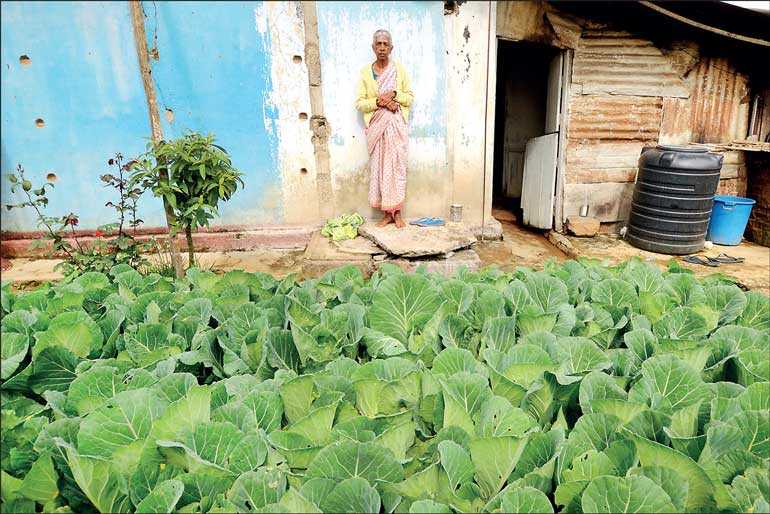Saturday Apr 27, 2024
Saturday Apr 27, 2024
Thursday, 28 May 2020 00:00 - - {{hitsCtrl.values.hits}}

The consensus is that the post COVID-19 world will look different. What matters now is how Sri Lanka as a nation positions itself emerging out of the pandemic. 
The world will eventually come out of lock down with people getting about with their lives and it is imperative that the nation does what it must to create opportunities, seizing the prospects that come with new industries but not leaving behind the sectors that will continue to contribute to the economy and wellbeing of the people.
As I have previously written, agriculture is one such existing sector and with the combination of technology, holds immense prospects for growth. I believe that Sri Lanka has an opportunity to position itself as South Asia’s AgTech hub as such this article is not so much about the merits of AgTech but about the need to create an AgTech ecosystem within the country.
As South Asia’s AgTech hub I do not envision a place for only South Asian’s but a hub that both supports the development of AgTech from South Asia and the attraction of innovators from across the world that are interested in accessing the South Asian primary industry and food sector.
So, what is AgTech, for me it is simply the application of technology within the field of farming and food production. I believe AgTech supports farming in three ways:
nthrough the application of existing technology to come up with new ways of farming such as vertical and containerised farming;
nthrough the use of existing technology to positively impact existing farming and food production process such as through soil moisture probes that enable better water management or targeted weed management through precision spraying using robots and drones;
nthrough the development of whole new products such as meatless meat.
In my previous roles in agriculture in Australia I have seen first-hand the innovative AgTech products and services both in Australia and overseas and the impact they have on changing farm and natural resource management practices. I believe it is imperative that AgTech not only directly impact farm production but sustainable natural resource management.
None of the above would be possible without having the people with the ideas coming together in an environment conducive to their growth and in South Asia the ideal location would be Sri Lanka.
In South Asia, Sri Lanka is the standout leader across much of the global sustainable development goals, as such has the foundation that a successful South Asian AgTech hub can be built upon. It has a growing ICT sector that already provides services globally. It also has at least 43% of total land under agriculture, which is fantastic as it provides a readily accessible testing ground for new products and services.
In addition, the beauty of Sri Lanka is the varying climatic zones that enables the development and testing of AgTech to suit a wide range of variables present in farming across many parts of the world. I digress here to point out however that there must be greater discipline amongst the population, be they leaders or otherwise, as this continues to be the single biggest hurdle yet to be overcome.
Building an AgTech ecosystem can be focused on the above three ways. These three are in fact individual sectors and I believe a sector-based approach that collectively combine to form the overall system will yield the most positive results. To progress beyond just an idea, Sri Lanka needs to identify what is required to build each sector in terms of but not limited to:
As I pointed out above, the focus is on creating an AgTech hub that both supports the development of the South Asian AgTech sector, attracts innovators and investors from across the world interested in marketing to South Asia. By attracting a multitude of global talent, the sector will thrive and be far more dynamic.
By investing in the development of Sri Lanka as South Asia’s hub for AgTech not only will Sri Lanka’s agriculture sector benefit, but the overall economic, social, and environmental benefits will be far reaching. This also bodes well for the creation of future opportunities across other industry sectors that that Sri Lanka is pursuing.
(The writer resides in Australia and has been involved in rural and regional development for close to a decade. He has more than a fleeting interest in the agriculture sector having held agriculture focussed senior executive roles with the New South Wales state government, as CEO of Northern Territory Farmers Association and via appointment to various Government advisory boards. He is currently CEO of the Australian Science Teachers Association.)